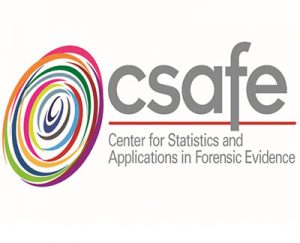With new technology, DNA can be tested when a sample consists of as little as 25 or 30 cells. This high sensitivity of testing creates a greater risk of false positives, particularly through “touch DNA.” In one such experiment regarding touch DNA, researchers dug through a professor’s garbage using gloves and picked out several soda cans. Then, without changing gloves, they handled newly bought knives. Touch DNA from the professor was found on the knives even though the professor had never touched the knives.
Additionally, samples with more than one contributor can cause faulty results: “With a simple sample, analysts look at two sets of peaks at a given locus: one for the victim and one for the perpetrator. With mixtures, they’re looking at bunches of peaks, with no indication of which pairs go together, or which source they came from—aside from those of the known victim. At that point the analysis becomes highly subjective.”
http://www.sciencemag.org/news/2016/03/when-dna-snares-innocent?utm_source=Digesters&utm_campaign=fa46e1ad8c-Policy_Daily_Digest_03_07_2016&utm_medium=email&utm_term=0_8da43c68af-fa46e1ad8c-350728277


Leave a Reply